- Joined
- Apr 23, 2018
- Messages
- 5,870
I think the first ideal scope image was of the 1.22 but I’m looking on mobile so not sure if it’s different on desktop. On mobile, the top IS image is the 1.22.
Yes the 1.22 is on top. You can tell by looking at the table reflection size (blue circles). The 1.22 has a smaller 55 table, whereas the 1.14 has a larger 56 table. Also the green circle identifies the crystal on the 1.22.
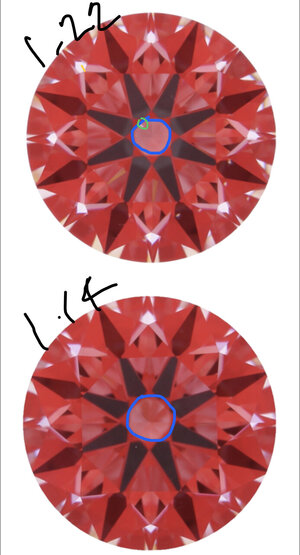

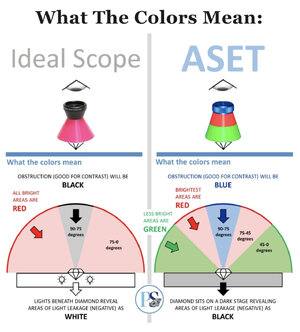
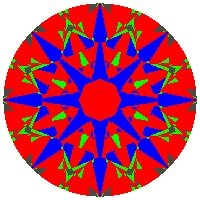

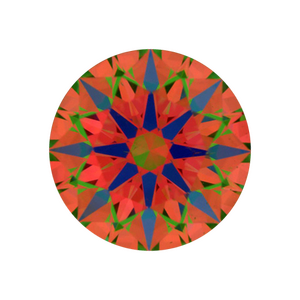
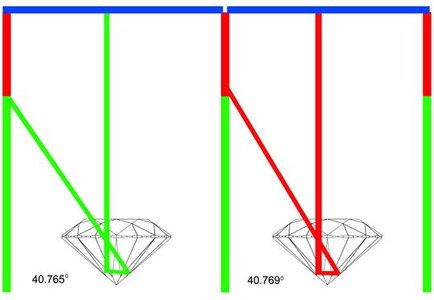
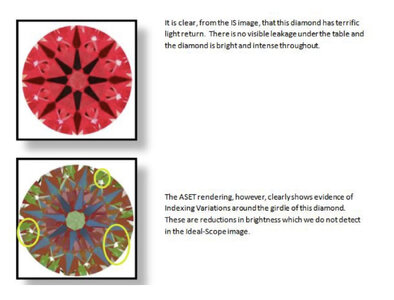
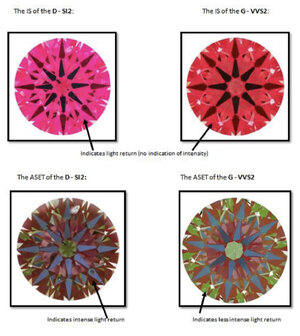
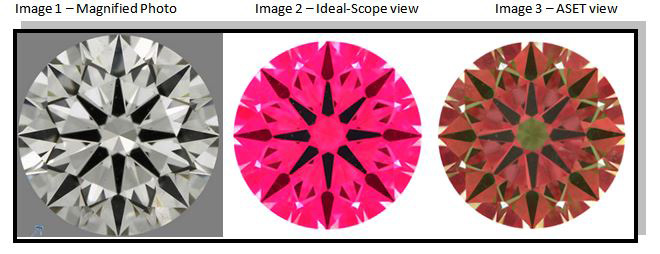
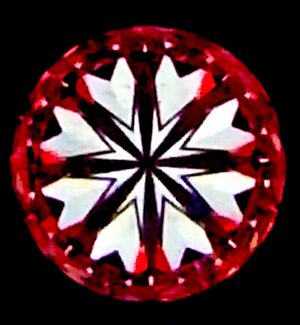
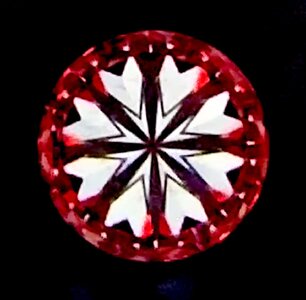
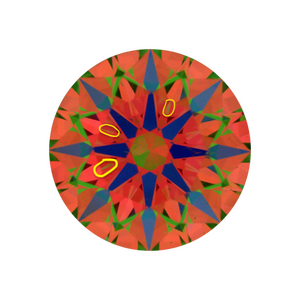
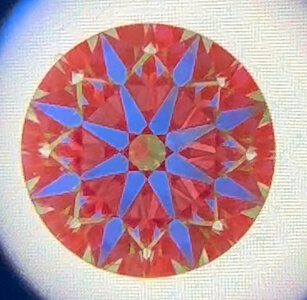
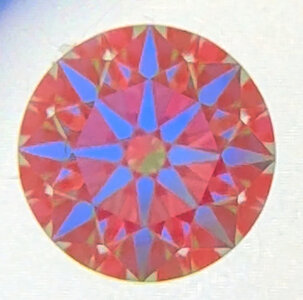


300x240.png)